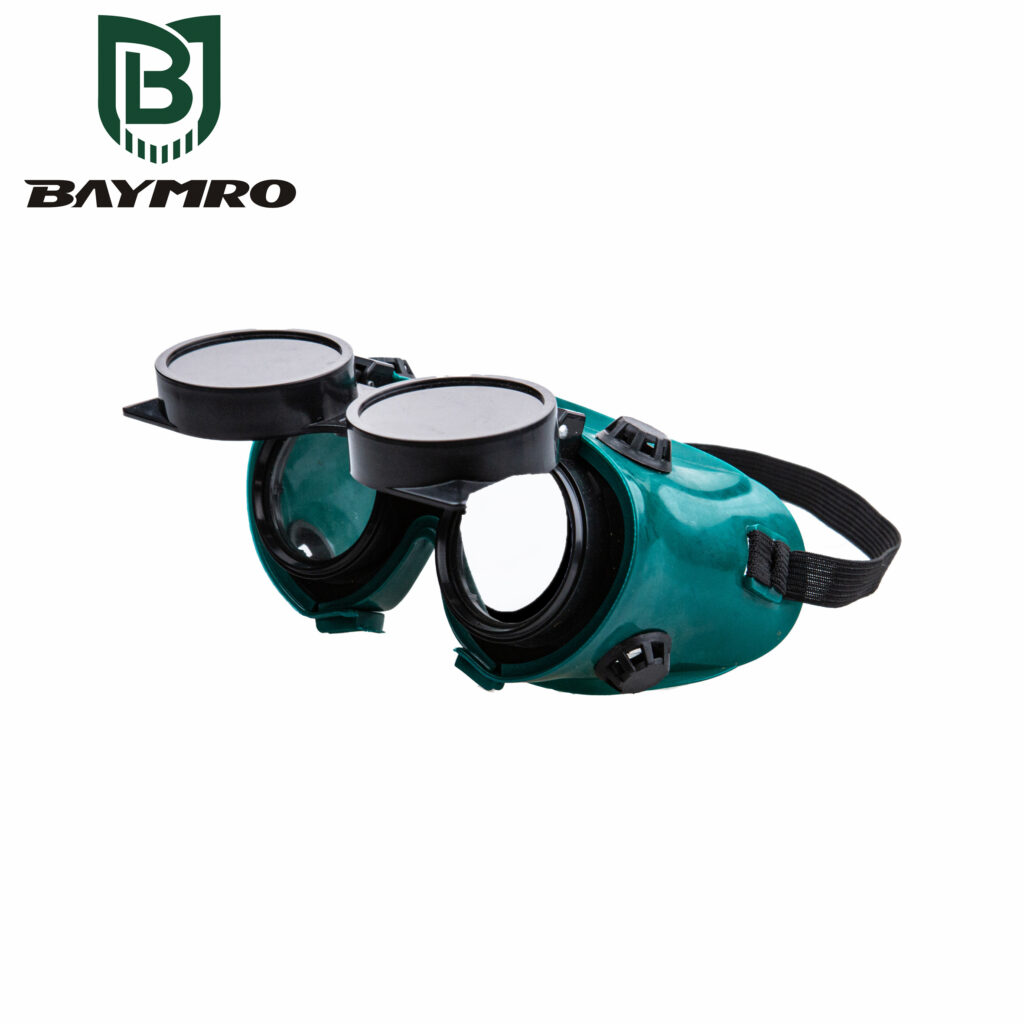
EN 169 is indeed an important European standard that pertains to personal eye protection, specifically focusing on filters designed for welding and related techniques. This standard ensures that eye protection equipment used in welding environments meets stringent requirements to safeguard the wearer’s eyes from the various hazards associated with welding processes.
Here’s a closer look at the key aspects of EN 169 and why it’s essential for ensuring safety in welding and similar high-risk environments:
1. Welding and Related Techniques
EN 169 primarily addresses eye protection for welding and related techniques. Welding generates intense light, heat, and sparks, making it a hazardous activity for the eyes. Therefore, specialized eye protection is crucial to prevent injuries caused by exposure to these welding-related hazards.
2. Flame and Hot Particle Resistance
One of the significant features of EN 169 compliant eye protection is its resistance to flames and hot particles. In welding environments, molten metal and sparks can pose a serious risk to the eyes. EN 169 compliant protective equipment is designed to withstand these conditions, reducing the likelihood of burns and injuries.
3. Hazardous Environment Suitability
EN 169 compliant eye protection is well-suited for the most hazardous welding environments, including industrial settings where arc welding, gas welding, and other welding techniques are commonly used. These environments often involve high temperatures, flying sparks, and the potential for exposure to harmful UV and infrared radiation, all of which require specialized protection.
4. Lens Filters and Shade Numbers
The standard specifies the performance requirements for lens filters used in welding eye protection. It also defines shade numbers that indicate the level of protection provided against the intense light generated during welding. The choice of shade number depends on the specific welding process and the intensity of the light produced.
5. User Comfort and Visibility
While safety is paramount, EN 169 compliant eye protection is also designed with user comfort and visibility in mind. Clear vision is crucial for welders to perform their tasks accurately. Therefore, these protective lenses are engineered to provide the necessary protection while ensuring that welders can see their work clearly.
6. Compliance Assurance
Manufacturers of eye protection equipment that adhere to EN 169 standards must undergo rigorous testing to ensure their products meet the specified requirements. Compliance with the standard offers users confidence in the quality and effectiveness of the protective equipment.
In conclusion, EN 169 is a critical European standard that sets the benchmark for personal eye protection in welding and related techniques. It ensures that eye protection equipment is resistant to flames and hot particles, making it ideal for use in the most hazardous welding environments. Compliance with EN 169 is essential for the safety and well-being of welders and workers exposed to similar high-risk conditions.
 3M
3M Ansell
Ansell Dellta Plus
Dellta Plus Drager
Drager edelrid
edelrid Honeywell
Honeywell JUTEC
JUTEC lakeland
lakeland MSA
MSA New Pig
New Pig Weldas
Weldas